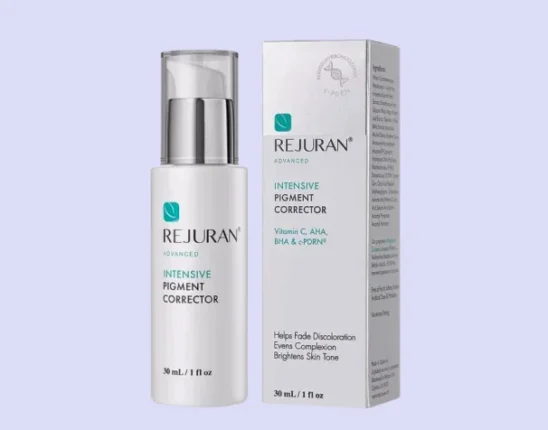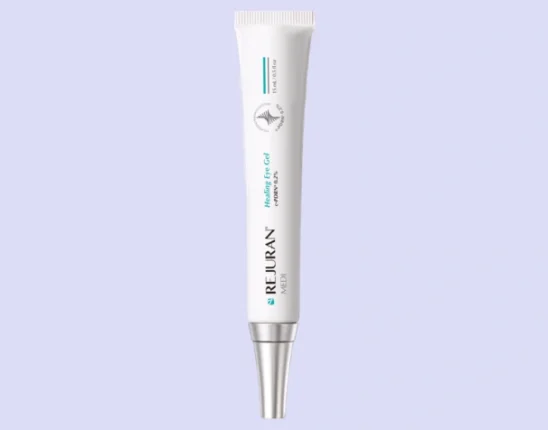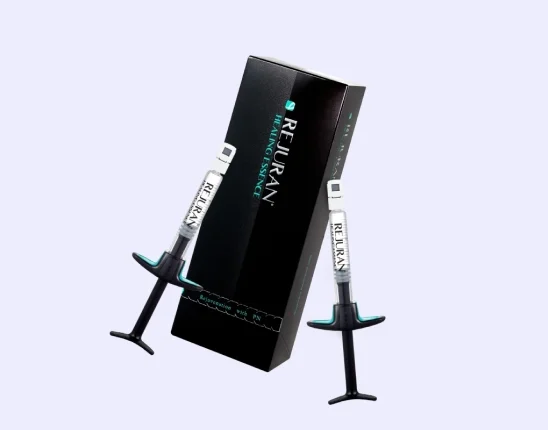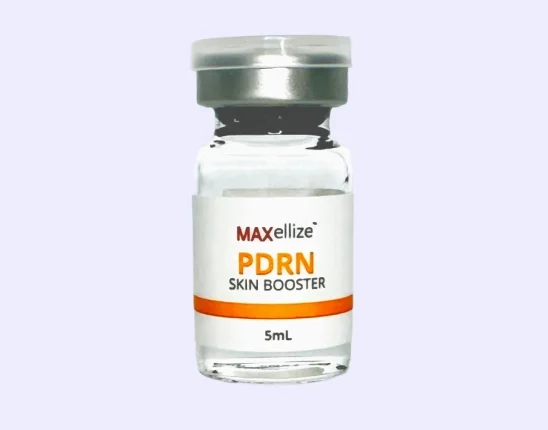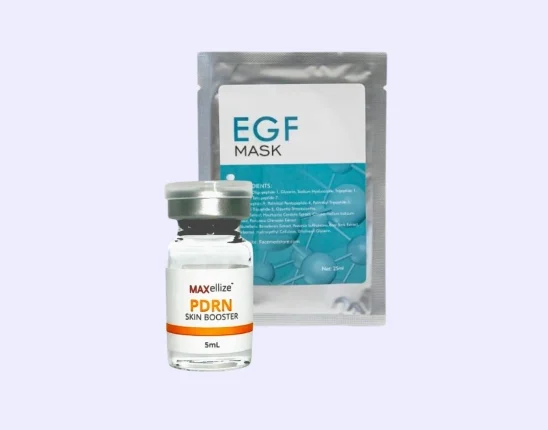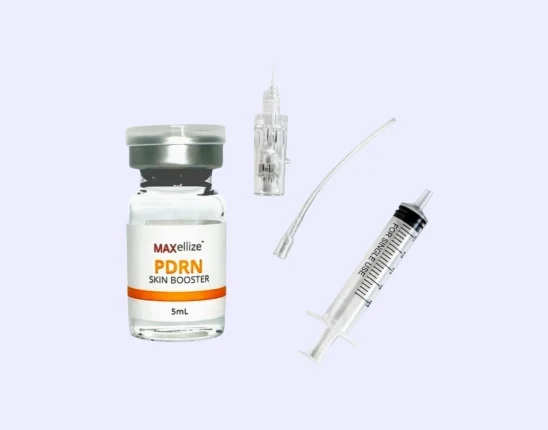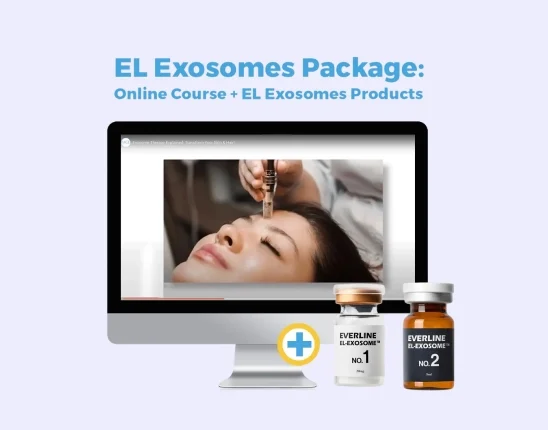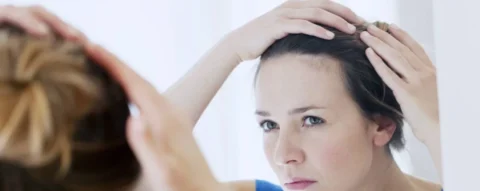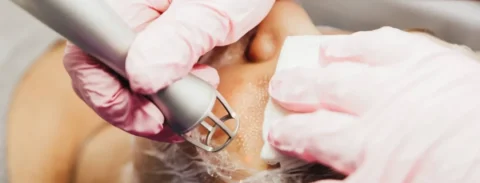Autologous platelet-rich plasma injections are a kind of regen cell therapy derived from a patient’s own blood samples from the peripheral vein that are re-injected back to stimulate the body’s natural healing properties. Platelet-rich plasma in dermatology has found many applications including being one of the known treatments for hair loss.
So what are the growth factors present in PRP that promote hair growth? Endogenous growth factors present in platelet-rich plasma are growth factors secreted by the alpha-granules of platelets such as platelet-derived growth factor and epidermal growth factor, among others.
The Hair Growth Cycle
Hair follicles undergo three phases of growth responsible for the cyclic process for hair growth and regeneration. In particular, these are anagen, catogen, and telogen. These processes are all needed for successful hair regeneration.
1) Anagen
The anagen is the stage of the hair growth cycle in which a high rate of cell proliferation may be observed. This is the stage where the hair shafts elongate and mature, reaching their full depth towards the sebaceous glands and their full length until they reach the next stage. It’s also the stage where hair achieves its color since melanin, the natural pigment of the hair, is made in this stage.
Hair in the scalp stays in this stage for several years, whereas hairs on the other body parts stay for a shorter period of time.
2) Catagen
The catagen is the next stage of the hair growth cycle in which the division of hair cells stops. In this stage, the hair bulb begins to break down, resulting in the shortening of the hair follicles. It’s a transitional stage and only 1% of hair follicles stay in this stage at a time.
3) Telogen
The telogen is the resting stage where the hair stays before it’s shed. It’s the phase when hair stops growing but remains attached to the hair follicle. Hair in the scalp stays in this stage for months while hairs on other areas of the body stay in this stage for a longer period of time. Upon reaching the end of telogen phase, hair reenters the anagen phase to initiate the formation of new hair.
Growth Factors In PRP and Their Functions
Platelet-rich plasma contains growth factors secreted by alpha-platelet granules responsible for the enhancement of the natural healing process of the body. Platelet-poor plasma contains none of these growth factors and thus doesn’t have the beneficial effects of PRP, further emphasizing the role of growth factors in facilitating the healing effects of PRP. These growth factors include the following:
| PDGF | Platelet-derived growth factor (PDGF) is a growth factor responsible for cell migration and proliferation of cells responsible for tissue repairs such as monocytes-macrophages and fibroblasts. PDGF also has a role in collagen synthesis and the proliferation of bone cells. |
| TGF-B | Transforming growth factor-beta (TGF-B) promotes the formation of new blood vessels and the movement of cells of the immune response. It also reduces the risk of bone loss and strengthens the collagen matrix. |
| VEGF | Vascular endothelial growth factor (VEGF) is a growth factor involved in increasing the permeability and formation of new blood vessels, movement and cellular proliferation of endothelial cells, and the movement of inflammatory cells such as macrophages and neutrophils. |
| EGF | Epidermal growth factor (EGF) stimulates cytokine secretion and cellular proliferation and differentiation in epithelial cells. It also induces cytokine production of mesenchymal cells. |
| HGF | Hepatocyte growth factor (HGF) is responsible for the anti-inflammatory effects of PRP. |
| FGF | Fibroblast growth factor (FGF) stimulates the cellular proliferation of mesenchymal cells, chondrocytes, and osteoblasts. |
| IGF-1 | Insulin-like growth factor (IGF-1) complements the role of PDGF in collagen synthesis. It can also promote cellular proliferation, differentiation, and recruitment in blood vessels and other tissues. |
Growth Factors In PRP and Their Influence On Hair Loss
The growth factors in platelet-rich plasma have variable effects on hair loss. Platelet-derived growth factor (PDGF), epidermal growth factor (EGF), and vascular endothelial growth factor (VEGF) stimulate hair growth while transforming growth factor-beta (TGF-B) inhibits it. A balance in these factors and their net effect thus dictates the clinical efficacy of platelet-rich plasma on treating patients with hair loss.
The anagen phase of the hair growth cycle is prolonged as an effect of platelet-rich plasma injections. The survival of dermal papilla cells is also increased due to the activation of anti-apoptotic regulators (regulators that inhibit the apoptosis or programmed death of cells) such as Bcl-2 and Akt by PRP, further adding to the hair regrowing properties of PRP.
Growth Factor Concentration and Their Influence On PRP Effectiveness
A randomized placebo-controlled trial shows that there’s a possible positive correlation between the concentration of growth factors such as FGF2 and VEGF and increased hair density. This suggests that the efficacy of platelet-rich factors is indeed influenced by growth factor concentration.
Currently, there’s still no standardization when it comes to the methods of preparation of platelet-rich plasma, leading to variations in the concentrations of the growth factor content of PRP. There’s also a variable response of patients to platelet-rich plasma injections due to this lack of standardization. Treatment protocols are thus suggested to be further studied to standardize the process and lead to more consistent patient response.
Other Contents Of PRP
The efficacy of platelet-rich plasma as a treatment for hair loss not only depends on growth factor concentration but on the concentration of its other components as well. These other molecular constituents include:
1) Platelets
Platelet is an important constituent of PRP, evidenced by the fact that despite the lack of consensus terminology, PRP definition is still consistent via defining it based on platelet concentrations. Blood samples used in the preparation of platelet-rich plasma are also placed in tubes with anticoagulants such as sodium citrate to avoid premature formation of clots facilitated by platelets, further emphasizing the role of platelets in PRP therapy.
Although the results of clinical studies are ambiguous, there’s a possible positive correlation existing between the concentration of platelets and growth factor type and concentration because platelets are the ones that secrete these growth factors. Similarly, there’s also a possible positive correlation existing between platelet counts and the beneficial effects of platelet-rich plasma injections in increasing hair counts, measured in hair follicular units.
2) White Blood Cells
Platelet-rich plasma rich in white blood cells (or platelet-rich fibrin) is shown to have better tissue augmentation effects than PRP alone. White blood cells are also believed to bring a better antimicrobial effect for PRP especially intraoperatively where it’s shown to reduce chest and leg wound drainage after cardiac surgery. It’s also associated with increased levels of vascular endothelial growth factor (VEGF).
White blood cells are also said to promote catabolic (breaking down) reactions while platelets are said to promote anabolic (building up) reactions, so an ideal preparation of platelet-rich plasma is one with a higher platelet-to-white blood cell ratio to shift the reactions to anabolism instead of catabolism.
3) Fibrin
Fibrin is an essential component which provides the matrix in which cellular proliferation and proper functioning of other PRP constituents such as white blood cells and platelets occur. To simulate this naturally-occurring matrix, PRP formulations contain fibrinogen, the precursor of fibrin, to allow the transition of injury response from inflammatory and regenerative phases.
Activation Of PRP
Both activated platelet-rich plasma and not activated PRP produce an increase in hair density. While studies have variable conclusions regarding the clinical improvement brought by the pre-activation of PRP, activated platelet-rich plasma potentially has a better effect since platelets need to be activated for them to serve their function in wound healing. As such, ways to activate PRP prior to injection are developed and include the following:
1) Calcium Chloride And Thrombin Activation
Calcium chloride and thrombin work together synergistically in activating PRP. Thrombin works through a G-coupled protein receptor that leads to platelet activation while calcium refills the used binding site.
Calcium activation may also be done independently of thrombin activation. In fact, a study of platelet-rich plasma activation comparing the effectiveness of PRP activated using calcium chloride versus that using calcium gluconate shows that they’re equally effective in stimulating VEGF-A expression and thus are both effective activators for PRP use.
2) Freeze/Thaw Cycle Activation
Freeze/thaw cycle activation involves physical activation of platelets, in which the PRP is frozen then thawed. Thawing causes the lysis of platelets, thereby causing their activation and the release of the growth factor contents.
Other Treatments That Can Be Used To Promote Hair Growth
Platelet-rich plasma injections are autologous, meaning they’re taken from the patient’s own body which reduces the risk of contracting communicable diseases and allergic reactions. However, adverse effects related to injections may still occur such as infections and redness.
Some may also not be given PRP injections altogether if they have other conditions such as having anemia and thrombocytopenia. As such, there are other treatments that are also proven effective for any types of hair loss such as androgenetic alopecia or pattern baldness. These treatments may substitute PRP if it isn’t for you:
1) Minoxidil
Minoxidil is a topical treatment of an unknown exact mechanism of action usually used to improve on different types of hair loss, even hereditary hair loss conditions. Studies have proven its safety and effectiveness, such as a clinical trial in which a histological observation of the area applied with minoxidil shows an increase in hair follicular size and percent of follicles in the anagen phase. It may be applied by placing 1 mL of the medication using an applicator or placing 20 drops of the formulation to the area of concern.
2) Low-level Laser Therapy
Male and female pattern hair loss have been shown in clinical trials to be improved upon through the use of low-level laser therapy, a medical device that can also be used at home and has a high safety profile. It is said to work by regulating the hair growth cycle most notably by prolonging anagen phase. It is also known to increase terminal hair density by producing them from follicles with pseudo-vellus hair.
3) Microneedling
Patients with hair loss can also benefit from microneedling through inducing the growth of hair stem cells to effectively increase hair mass. It’s used by rolling fine needles over the scalp and can be combined with other treatments for hair loss like minoxidil and PRP.
4) Stem Cell Hair Transplant
Stem cell hair transplant is another promising treatment for androgenetic alopecia where hair follicular cells are harvested from a skin sample obtained from the scalp through punch biopsy and centrifugation. These follicles are then grown under laboratory conditions and transplanted back to the areas with hair loss problems.
PEP Factor As An Alternative To PRP In Promoting Hair Growth
Despite the benefits that autologous platelet-rich plasma may bring, it is worth emphasizing that it isn’t for everyone because of the possible major side effects associated with its administration or simply because it just won’t produce the desired effect to some.
Aside from the alternatives mentioned above, another good substitute for PRP therapy is the use of PEP Factor, a ready-made formulation that offers the same benefit of being a natural product. It’s made of protein complexes and active ingredients such as basic fibroblast growth factor (bFGF) and copper peptides which are known factors that promote cell growth and antioxidant activity. It also helps in improving the appearance of thinning hair and bringing out the natural glow of the skin.
PEP Factor, like PRP injections, may be used in combination with another treatment modality such as microneedling to achieve the maximal clinical improvement associated with these procedures. It’s also topically applied, meaning it won’t produce the same side effects that are associated with PRP injections.
Shop For Hair Growth Treatments And More at FACE Med Store
Autologous platelet-rich plasma injections are a kind of therapy with growth factors and other molecular constituents that stimulate the natural wound healing capabilities of the body. Through this effect, a wide range of applications of platelet-rich plasma has arisen such as in the improvement of thinning hair.
At FACE Med Store, we only provide high-quality products with efficacies and safety profiles that are at par with PRP treatments. We’re also committed to providing good customer service and transparent product information so that our clients can make informed choices and purchases to benefit them and their businesses. Contact us now at (800) 770-9083 or browse through our website to know more about our products.
Learn More: Hair Growth Effects of Laminaria japonica Extract And Growth Factor Mixture
